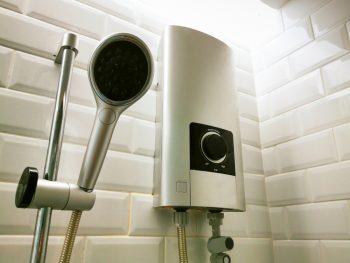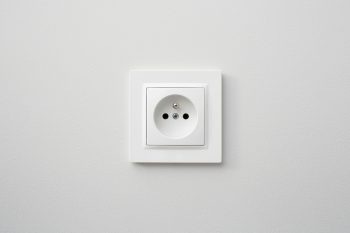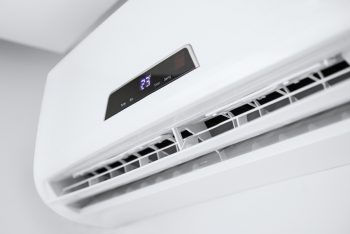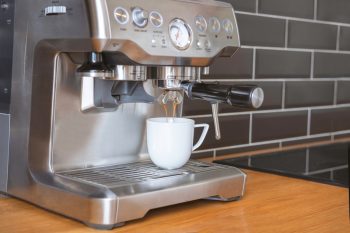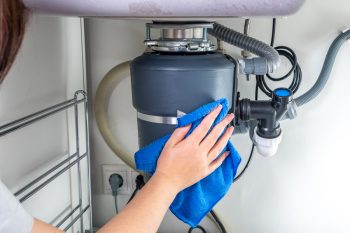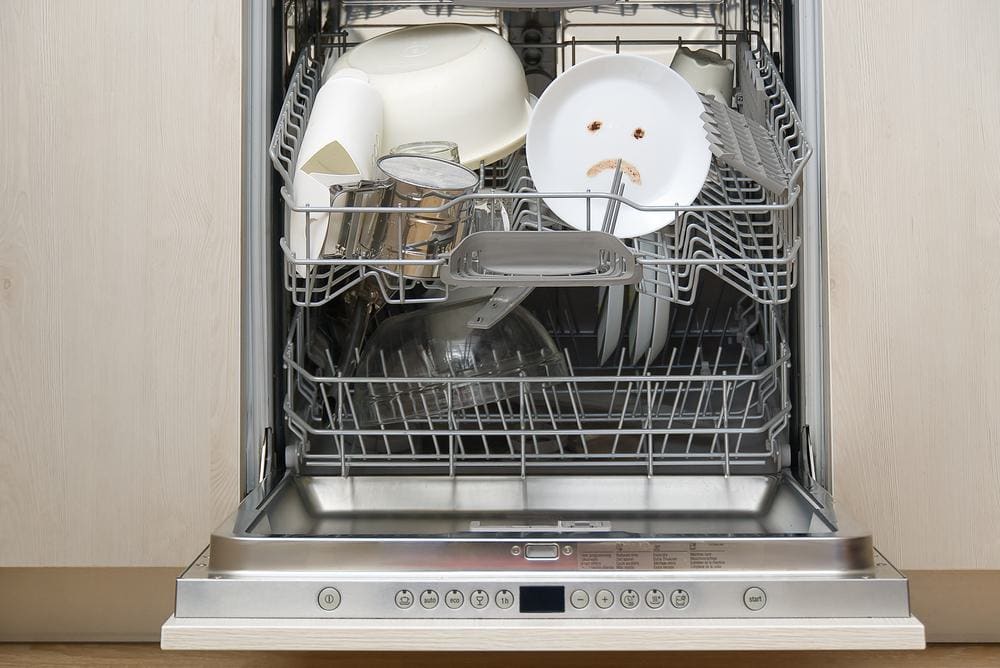
Proper maintenance of your dishwasher can extend its lifespan and improve its performance. One aspect that often goes overlooked is the dishwasher door tension. An improperly adjusted dishwasher door can lead to a variety of problems, including a door that slams shut or falls open too quickly. In this comprehensive guide, we’ll walk you through the process of adjusting your dishwasher door tension, the signs that indicate a need for adjustment, and the common mistakes to avoid.
To adjust your dishwasher door tension, first, disconnect the dishwasher from the power source. Next, remove the lower access panel or toe kick to access the door springs and tensioners. Adjust the tension by moving the spring end to a different hole or position on the frame, ensuring equal tension on both sides. Test the door to see if it opens and closes smoothly. If necessary, make further adjustments until the desired tension is achieved. Finally, reattach the lower access panel or toe kick and restore power to the dishwasher.
Understanding Dishwasher Door Tension
Dishwasher door tension refers to the balance of force that keeps the door from falling open or slamming shut. This tension is controlled by a set of springs and cables that connect the door to the dishwasher frame. When these components are properly adjusted, the door should open and close smoothly and remain in place when left partially open.
Why is Proper Door Tension Important?
Properly adjusting the dishwasher door tension is important for several reasons:
- Safety: A door with incorrect tension can close too quickly or fall open suddenly, posing a risk of injury.
- Preventing damage: If the door slams open or closed, it can cause damage to the dishwasher itself, the surrounding cabinetry, or the dishes inside.
- Proper functioning: A door that doesn’t close properly can prevent the dishwasher from starting its cycle.
- Convenience: A door that doesn’t stay open when needed can make loading and unloading the dishwasher more difficult.
Signs That Indicate a Need for Adjustment
If you’re experiencing any of the following issues with your dishwasher, it may be time to adjust the door tension:
- The door closes too quickly or falls open without any resistance.
- The door seems to open unevenly or drops down suddenly with force.
- You have to lift the door up and to the side to get it to latch properly and run.
Tools and Materials Needed
To adjust the dishwasher door tension, you will need the following tools and materials:
- A 5/16″ nut driver or hex socket
- Pliers
- Screwdriver
- Adjustable wrench
Step-by-Step Guide to Adjusting Dishwasher Door Tension
Before starting, ensure the dishwasher is disconnected from the power source to avoid any electrical hazards. Here is a step-by-step guide on how to adjust the dishwasher door tension:
- Remove the lower access panel or toe kick to access the door springs and tensioners.
- Locate the door springs and tensioners on both sides of the dishwasher.
- Adjust the tension by moving the spring end to a different hole or position on the frame.
- Ensure that the tension is equal on both sides of the dishwasher.
- Test the door to see if it opens and closes smoothly. If necessary, make further adjustments until the desired tension is achieved.
- Reattach the lower access panel or toe kick and restore power to the dishwasher.
Remember, the specific steps for adjusting door tension may vary depending on your dishwasher’s make and model. Always refer to your dishwasher’s user manual or manufacturer’s guidelines for specific instructions.
Common Mistakes to Avoid
When adjusting the dishwasher door tension, there are some common mistakes you should avoid:
- Not turning off the power and water supply: Safety should always be your first priority when working on any appliance.
- Adjusting tension without a panel: The panel’s weight affects the door tension, and adjusting it without the panel may lead to incorrect tension settings.
- Uneven tension on both sides: Uneven tension can cause the door to close improperly or become misaligned.
- Over-tightening or loosening the tension: Adjusting the tension too much in either direction can cause the door to close too quickly or fall open.
Conclusion
Properly maintaining your dishwasher includes regular checks and adjustments of the door tension. By following the steps outlined in this guide, you can ensure that your dishwasher door opens and closes smoothly, extending the life of your appliance and improving its performance.
Frequently Asked Questions
How often should I check and adjust the dishwasher door tension?
There’s no set frequency for checking and adjusting your dishwasher door tension. However, it’s a good idea to check it if you notice any of the signs mentioned above, such as the door closing too quickly or falling open without any resistance. Regular maintenance, including checking the door tension, can help extend the lifespan of your dishwasher.
What should I do if the door tension is still not right after following your guide?
If you’re still having trouble with the dishwasher door tension after following this guide, it may be time to call in a professional. The issue could be due to damaged or worn-out springs or cables, which would need to be replaced. Always refer to your dishwasher’s user manual or manufacturer’s guidelines for specific instructions.
Can I use any other tools if I don’t have a 5/16″ nut driver or hex socket?
The 5/16″ nut driver or hex socket is recommended because it fits the nuts used in most dishwashers. If you don’t have these specific tools, you may be able to use a different size that fits your dishwasher’s nuts. However, using the wrong size can strip the nuts, making them harder to remove or adjust in the future. Always use the correct tools to avoid causing any damage.


